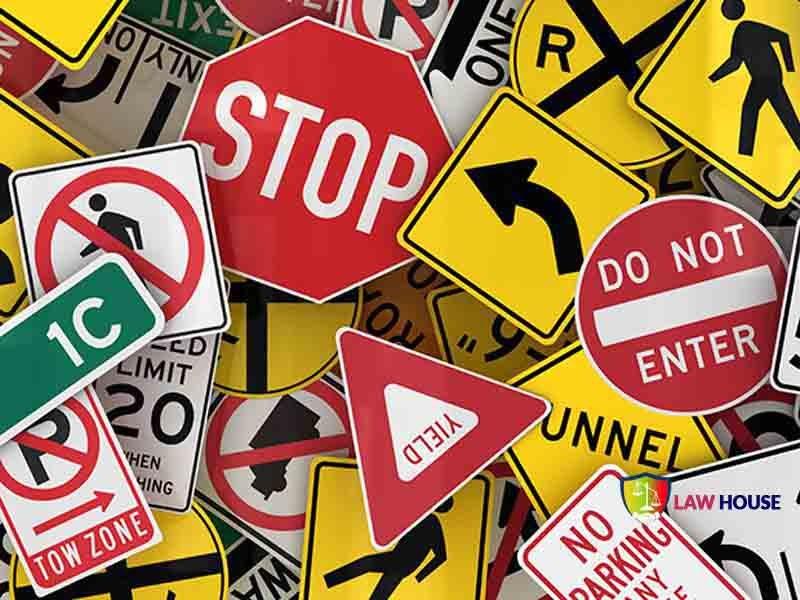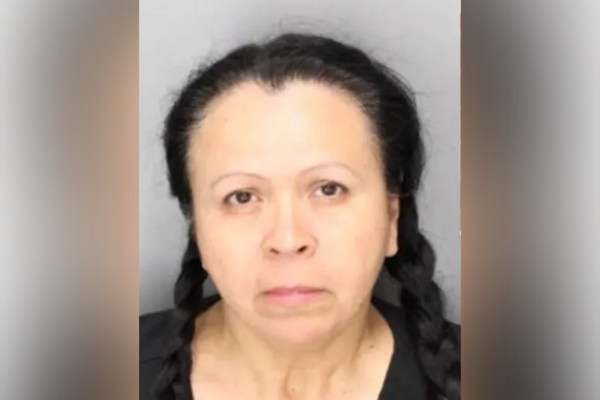
Motorcycle riders are supposed to abide by the same traffic laws as regular vehicles. This includes signaling before changing lanes and following right-of-way rules and speed limits. Traffic laws are put in place to protect all road users.
When motorcycle accidents happen, determining who is at fault becomes a critical aspect of the claims process. One of the factors that influence fault in motorcycle crashes is traffic laws. These rules are standards that courts and insurance companies use to determine liability after a crash.
Breaking the Rules Often Means You’re at Fault
When a motorcycle accident occurs, one of the first things investigators and the police look at is whether any party involved broke a traffic law. Did someone run a red light? Was a motorcyclist speeding or weaving between cars?
If either party broke a law designed to keep road users safe. That violation will be used as evidence of negligence. Negligence is a legal term that means a person fails to act with reasonable care. If you can show and prove that another driver violated a traffic law, and this directly caused the accident, you will likely have a strong compensation case.
Motorcycle-Specific Violations
There are some laws that specifically apply to motorcyclists. For example, lane splitting, which is when a person rides between lanes of slow-moving or stopped traffic. This is illegal in some states but allowed in others, like California.
If a rider is involved in an accident while lane splitting in a state where it is prohibited, this could affect their chances of recovering damages. Other common violations include:
- Failing to signal
- Not yielding to traffic
- Ignoring stop signs
Even helmet laws can indirectly affect your case. For example, if a rider was not wearing a helmet in a state where it is required and suffered a head injury, the insurance company may argue that the rider shares some of the blame.
Shared Fault and State Laws
Not every accident is entirely the fault of one person. Sometimes, both the motorcyclist and the other driver may have done something wrong. In these cases, the concept of comparative or contributory negligence is considered.
In comparative negligence, the amount of compensation you can recover is reduced by the percentage of fault. In contributory negligence, being even slightly at fault prevents you from collecting any compensation.
Why Police Reports Matter
A police report will note any traffic laws that were violated and may even issue citations. For example, if a driver was driving past the legal limit and ended up causing a crash. Either the driver or the rider made a left turn, which shows failure to yield.
These records are very powerful evidence when determining liability, especially if a driver admits fault or if witnesses confirm that a law was broken.
Conclusion
In some cases, it may not be obvious who broke the law or how a violation contributed to a crash. An attorney can dig into the details, interpret specific laws, and gather strong evidence, which will help to build a strong case. Therefore, after a motorcycle crash, do not wait too long before getting legal help.







